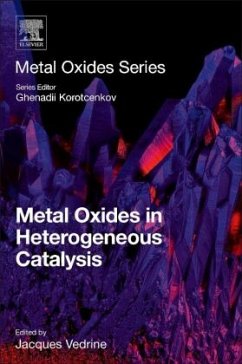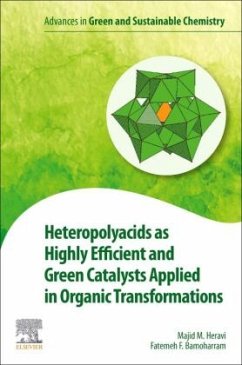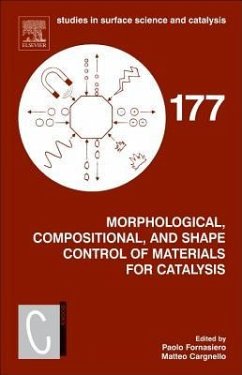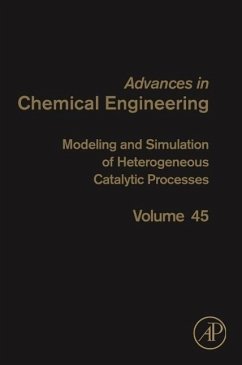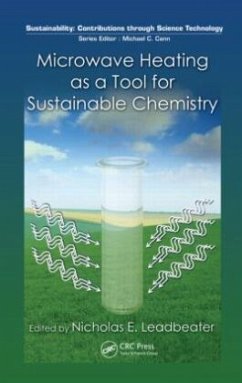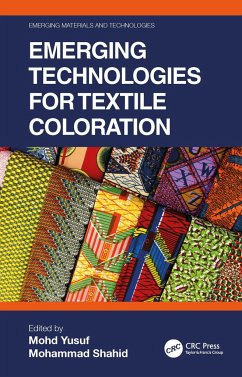
Heterogeneous Catalysis in Organic Transformations

PAYBACK Punkte
69 °P sammeln!
As the broad challenges around energy and the environment have become the focus of much research, scientists and experts have dedicated their efforts to developing more active and selective catalytic systems for key chemical transformations. For many decades environmentally viable protocols for the synthesis of fine chemicals have been the crux of academic and industrial research. Heterogeneous Catalysis in Organic Transformations serves as an overview of this work, providing a complete description of role of heterogeneous catalysis in organic transformations and offering a review of the curre...
As the broad challenges around energy and the environment have become the focus of much research, scientists and experts have dedicated their efforts to developing more active and selective catalytic systems for key chemical transformations. For many decades environmentally viable protocols for the synthesis of fine chemicals have been the crux of academic and industrial research. Heterogeneous Catalysis in Organic Transformations serves as an overview of this work, providing a complete description of role of heterogeneous catalysis in organic transformations and offering a review of the current and near future technologies and applications.
Discusses the fundamentals of catalysis and compares the advantages and disadvantages of different types of catalyst systems
Examines oxide nanoparticles and noble metal nanoparticles
Consider organometallic compounds, solid-supported catalysts, and mesoporous materials
Describesrecent advances in metal-based heterogeneous catalysts and new reactions with possible mechanistic pathways
Providing a comprehensive review of heterogeneous catalysis from the basics through recent advances, this book will be of keen interest to undergraduates, graduates, and researchers in chemistry, chemical engineering, and associated fields.
Discusses the fundamentals of catalysis and compares the advantages and disadvantages of different types of catalyst systems
Examines oxide nanoparticles and noble metal nanoparticles
Consider organometallic compounds, solid-supported catalysts, and mesoporous materials
Describesrecent advances in metal-based heterogeneous catalysts and new reactions with possible mechanistic pathways
Providing a comprehensive review of heterogeneous catalysis from the basics through recent advances, this book will be of keen interest to undergraduates, graduates, and researchers in chemistry, chemical engineering, and associated fields.






